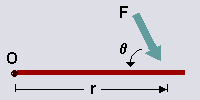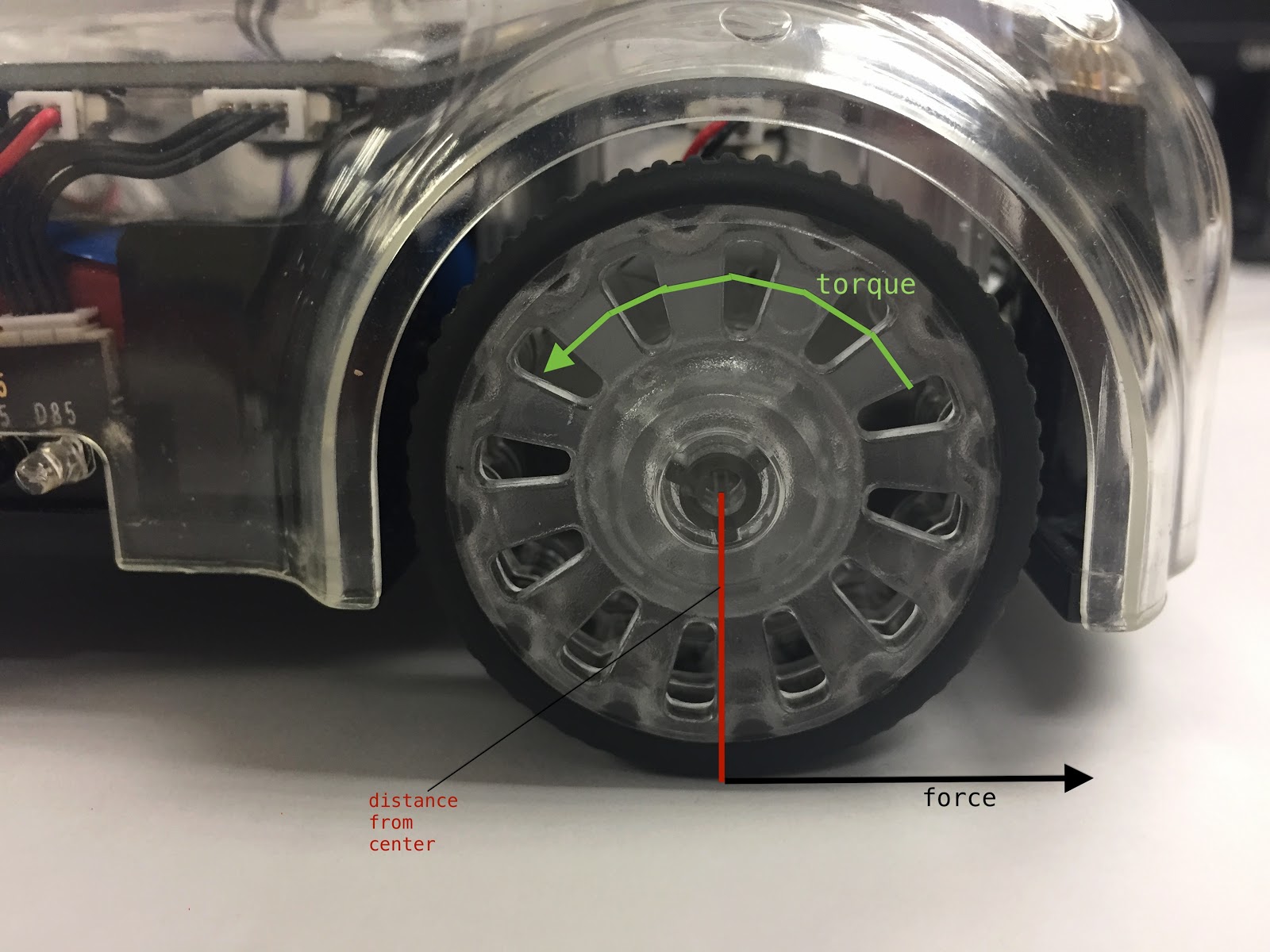Lesson Modules
Teaching Tips:
How do we classify the performance of a car? If you're interested in cars, you may have a working knowledge of things like torque and horsepower, but if not, you may be wondering why people measure the quality of their car by how many hundreds of horses they could replace.
Here are some of the ways we measure the performance of a car:
0 to 60 - the amount of time it takes for a car to get to 60mph from a standstill
MPG (miles per gallon) - how many miles the car can travel on one gallon of gas
Horsepower - the amount of power it takes to perform 33,000 foot-pounds of work in one minute
Torque - represents how much twisting force is at work to turn the wheels
The first and second are pretty self explanatory. The third seems strange, but it was created by an engineer to compare the power of horses to that of a steam engine. Most of us are pretty far removed from understanding the power of a horse, but the unit has embedded itself in our vernacular.
The fourth is torque, which we will learn about in the next section.
Teaching Tips:
Discuss these questions with your classmates.
Question 1: What is the difference between horsepower and torque?
Torque is the measure of how quickly a car can accelerate at low speeds (or from a standstill) and horsepower is how a car maintains a high speed.
Question 2: When do you think the torque on a car would be the highest?
Maybe when the car is first starting or when it starts to go up an incline.
Question 3: When do you think the torque on the car would be the lowest?
When the car is standing still.
Here are some definitions of torque. Some might make more sense than others.
Torque is:
the tendency of a force to rotate an object around an axis, fulcrum, or pivot.
an influence which tends to change the rotational motion of an object.
a twisting force that tends to cause rotation.
a measure of how much a force acting on an object causes that object to rotate.
How can we calculate torque?
Torque is the cross product between the distance vector (the distance from the pivot point to the point where force is applied) and the force vector being the angle between r and F.

Torque = r x F = r F sin(θ)
What does that have to do with my RobotLAB Autonomous Car?

Try it out here:
Discuss these questions with your classmates.
Teaching Tips:
The code for this lesson is very similar to the code in the last lesson.
Sometimes beginning to write a program can feel daunting, and you don't know where to begin.
During those times it's always helpful to describe what you want the program to do. What should this torque sensing program do?
Sense the torque of the car
Log/record the torque measurement
Have a control to start and stop the car (so data collection goes smoothly)
The coding part of this project is very simple. The real challange here is the science and math. However, once you have written code to solve this math problem, you'll never have to solve it by hand again!
Teaching Tips:
Now it's time to translate the pseudocode into real code!
Here's something to get you started:
Remember, writing code is like writing a poem, there are many correct answers. Maybe you answered differently. If so, I encourage you to convert your pseudocode into code and see how it works!
Teaching Tips:
Question 1: What was the coolest thing you learned today? Write your answer in the box, and see it appear which your classmates answers!
Any answer will do here. If time permits, have a short discussion with students about their answers.
Question 2: Check the concepts you understand. Don’t worry, this isn’t for a grade, it’s just so your teacher can check the classes’ understanding.
This is the students' self-assessment of their understanding of the material. You will see a bar graph once all the poll answers are submitted
Question 3: What is torque?
(any of these are correct)
The tendency of a force to rotate an object around an axis, fulcrum, or pivot.
An influence which tends to change the rotational motion of an object.
A twisting force that tends to cause rotation.
A measure of how much a force acting on an object causes that object to rotate.
Question 4: What is the formula for torque?
Cross product between the distance vector (the distance from the pivot point to the point where force is applied) and the force vector being the angle between r and F.
Torque = r x F = r F sin(θ)
- Torque
- Torque Sensor

